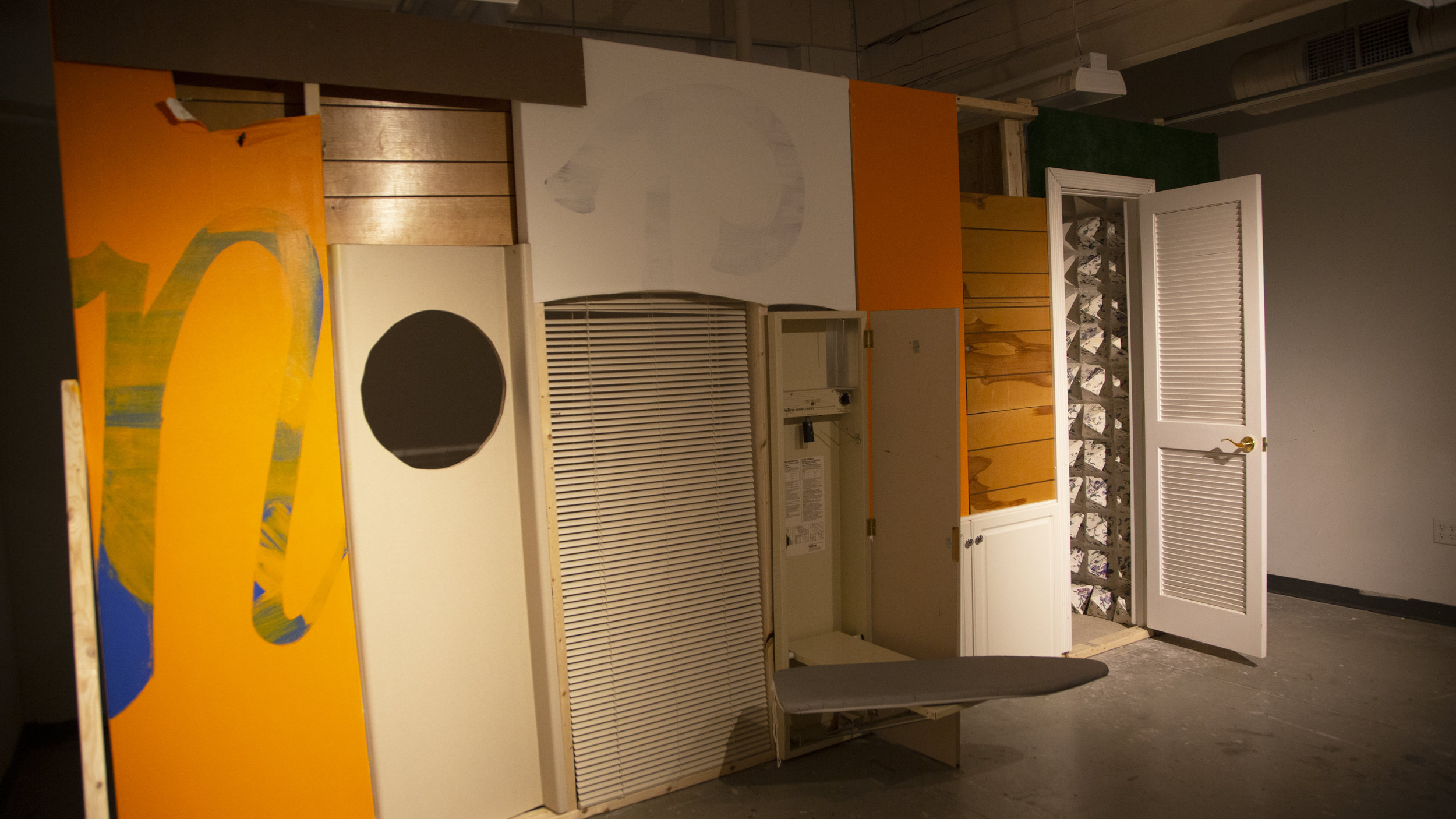No Place
No Place
2019
The Americas are unique in that the idea of Utopia served as the foundation in city planning and attempted from its onset to model an ideal system of commerce and community based upon untested theory. Ancient mythologies trailed settlers as this new land was usurped cruelly from the natives in the name of progress. Whispers of golden cities and the fountain of youth saturated the quixotic settlements diffused throughout the wilderness. The Americas embodied the irony of the concept of Utopia. The term was coined from Eu-topos meaning good place and Ou-topos derived from the Latin word of no place, or nowhere. When a country is torn from its inhabitants and deformed through the process of bonding ionically, how could a utopic vision clear the ashes?
Thomas More proposed that idealism exists only on an island where “cities...all large and well-built: the manners, customs, and laws of which are the same, and they are all contrived as near in the same manner as the ground on which they stand will allow.” This simulacrum ideal can be seen echoing through the failed experiments of Fordlandia, communism, fascism and now modernism. No other time on this continent has been pronounced by the persistent attempt at erasing history other than the first globalized act committed by the Spanish conquistadors. The era ranging from 1850 to the 1960’s saw a movement to pave over local particularities with a homogenized global grid. Modernists by the likes of Le Corbusier proclaimed Paris need not a boulevard and Ludwig Mies Van Der Rohe laid waste to the arts and crafts movement focused on locality; to usher in the era of the steel and glass staple of the modern era, office skyscrapers. More’s prophetic aspirations grew unhindered in America’s ever-growing capitalist landscape.











